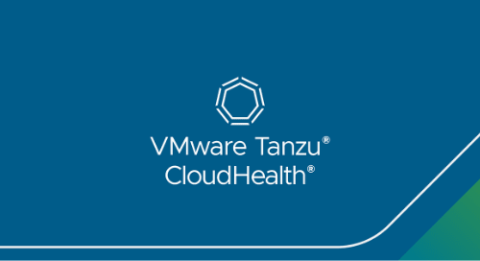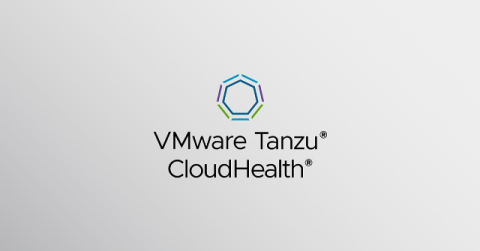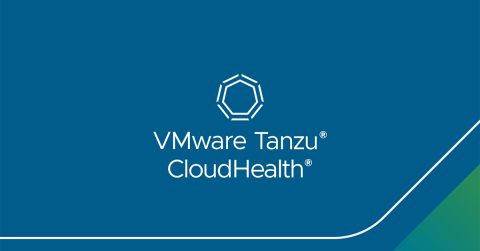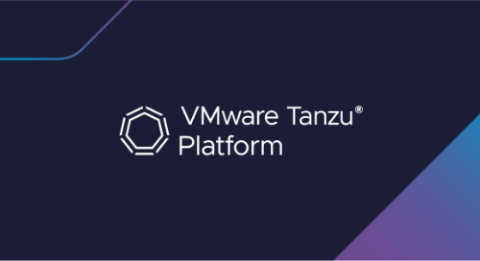Too many platforms causes too many problems, survey
Platform engineering is great, but can you have too much of it? A recent survey shows that in large organizations, you *can* have too many platforms. A recent survey of large organizations shows that using more platforms results in more difficulties. Instead, platform standardization and centralization are key to reducing cognitive load and improving efficiency. Using fewer platforms benefits both developers and management by minimizing complexity and operational headaches.










